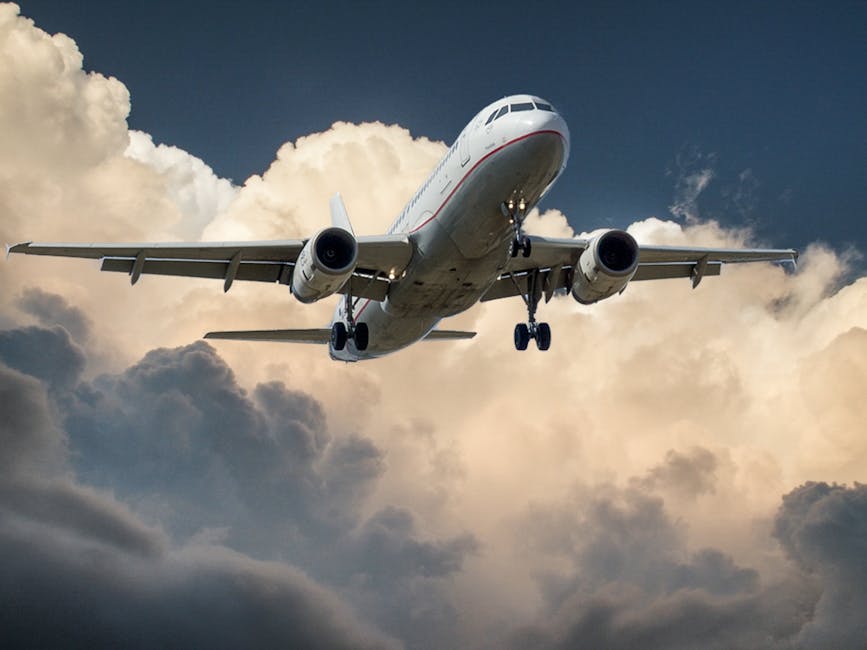Overview
Although the Kyoto Protocol requested in 1997 that the International Civil Aviation Organization (ICAO), a UN Agency, take actions to limit airline emissions, significant international action was not taken until 2013, when the ICAO implemented a CO2 certification requirement for new aircraft, which outlined how manufacturers should report efficiency metrics and CO2 emissions. In 2016, the ICAO finalized a performance standard for new aircraft that will mandate improvements in fuel efficiency and carbon dioxide emissions, requiring a 4% reduction in fuel consumption in 2028 over 2015 averages. The European Union has also implemented an aviation emissions cap-and-trade system for flights that originate in or fly into Europe.
- Standard type: CO2 emissions limits
- Regulating body: International Civil Aviation Organization (ICAO)
- Current standard: ICAO CO2 Standard
- Applicability: New Aircraft Type designs
History
In 1947, the Convention on International Civil Aviation, also known as the Chicago Convention, established the International Civil Aviation Organization (ICAO) as a United Nations agency responsible for global civil aviation. Additionally, Article 2.2 of the Kyoto Protocol requested that developed countries pursue the limitation and reduction of greenhouse gas (GHG) emissions from aircraft through ICAO. Historically, ICAO asserted that market forces were sufficient in driving emissions efficiency, and therefore ICAO required no action in this realm. Contrary to this conventional wisdom, rising fuel costs have not been translated directly into increased fuel efficiency of new jet aircraft. Improvements have been inconsistent over the past two decades, with fuel efficiency of new aircraft improving at an average of 0.3 percent per year from 2000 to 2010 on an available seat-km basis.
Against this backdrop of stagnating efficiency improvements, there have been two recent initiatives to address emissions growth and fuel efficiency from commercial aircraft: an EU cap-and-trade system and an international CO2 certification requirement.
Initiatives
EU cap-and-trade
Recently, the European community has begun to mitigate emissions growth from in-service aircraft by the incorporation of aviation into its own regional cap and trade system (EU ETS). The EU ETS, which in 2012 began incorporating domestic and international flights originating and into Europe in a cap and trade system for CO2, has been met with resistance from some nations. In response to the EU ETS, ICAO has begun deliberation on its own proposal for a global framework for market-based strategies (e.g., global emission trading scheme, global offsetting with revenue generation). This would use an open cap and trade system or offsetting mechanism to internalize the cost of carbon and to raise funds for reductions in other sectors where reductions may be less costly. The timeline for the ICAO market based measures recommendations is not fully clear but expectations lie currently for delivery of some guidance in 2014.
ICAO CO2 certification requirement
In October 2010 the 37th Assembly (Resolution A37-19) requested the development of an ICAO CO2 Emissions Standard. On 11 July 2012, global aviation moved an important step closer to establishing the worldwide Aircraft CO2 Emissions Standard when the CAEP reached a unanimous agreement on a CO2 metric system to underpin the CO2 Standard. In February 2013, ICAO’s Committee on Aviation Environmental Protection (CAEP) finalized a CO2 certification requirement to serve as the basis for a global CO2 (efficiency) standard for new aircraft, including metrics, fuel efficiency test points, and detailed certification procedures, to be added as a new volume to Annex 16 of ICAO’s Convention on International Civil Aviation. The certification procedure describes how manufacturers should measure and report the CO2 intensity of new aircraft to certificating authorities, and will serve as the basis for a global CO2 (efficiency) standard for new aircraft when finalized.
See the ICCT policy update for more information.
ICAO CO2 Standard for New Aircraft
In February of 2016, ICAO finalized a performance standard for new aircraft that will mandate improvements in fuel efficiency and carbon dioxide emissions. It will apply to all new commercial and business aircraft delivered after January 1st, 2028, and include a transition period for modified aircraft starting in 2023. It requires a 4% reduction in fuel consumption in 2028 over 2015 averages. These regulations also include technology following standards to limit emissions that will be required for new aircraft that enter into service after 2024. For more information, include the specifics of how the fuel efficiency is calculated, please refer to a 2016 ICCT briefing on the new standards.
Links
Regulatory documents
Article 2.2 of the Kyoto Protocol
Regulatory agencies
International Civil Aviation Organization (ICAO)
Notes
EU Emissions Trading System (ETS)
ICCT policy update: CO2 requirement for new aircraft, 6 August 2013
References
Efficiency Trends for New Commercial Jet Aircraft. Daniel Rutherford and Mazyar Zeinali. ICCT. November 2009.


